Home>Furniture & Design>Living Room Furniture>How To Fix A Wobbly Dining Table
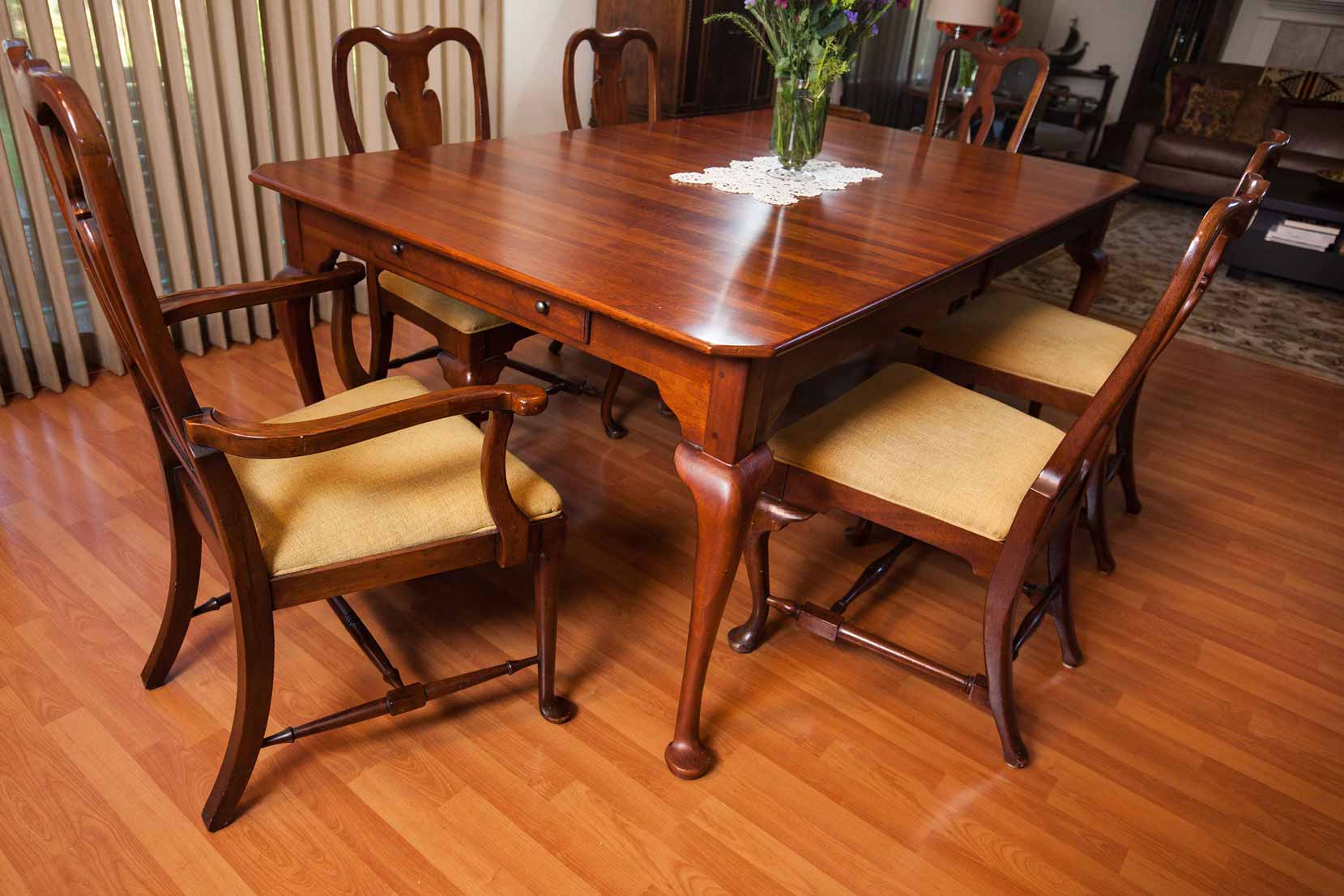

Living Room Furniture
How To Fix A Wobbly Dining Table
Published: January 6, 2024
Learn how to stabilize your wobbly dining table with our expert tips and tricks. Get your living room furniture back in top condition with our easy DIY solutions.
(Many of the links in this article redirect to a specific reviewed product. Your purchase of these products through affiliate links helps to generate commission for Storables.com, at no extra cost. Learn more)
Introduction
Is there anything more frustrating than sitting down to enjoy a meal at your dining table, only to find that it wobbles and tilts with every movement? A wobbly dining table not only disrupts your dining experience but also poses a potential hazard. Fortunately, there are several effective methods to remedy this issue and restore stability to your beloved dining table. In this comprehensive guide, we will explore step-by-step techniques to fix a wobbly dining table, allowing you to enjoy meals with confidence and comfort.
A wobbly dining table can stem from various factors, such as uneven legs, loose joints, or an imbalanced tabletop. By identifying the root cause of the wobble and implementing targeted solutions, you can transform your unstable dining table into a sturdy and reliable centerpiece in your home. Whether you're a seasoned DIY enthusiast or a novice in the realm of furniture repairs, this guide will equip you with the knowledge and techniques needed to address the wobbliness of your dining table.
So, roll up your sleeves and get ready to embark on a journey to restore stability and functionality to your dining table. With a few simple tools and a bit of patience, you can bid farewell to the aggravating wobble and revel in the pleasure of dining at a steady and secure table. Let's delve into the step-by-step process of identifying and rectifying the factors contributing to your dining table's wobbliness, ultimately enhancing your dining experience and the longevity of your cherished furniture.
Key Takeaways:
- Say goodbye to wobbly dining tables! Follow simple steps to level legs, reinforce joints, and use shims for a stable and secure dining experience.
- With patience and attention to detail, transform your wobbly dining table into a symbol of resilience and care, enhancing comfort and functionality.
Read more: How To Fix Wobbly Dining Chairs
Step 1: Identify the Cause of the Wobble
Before diving into the repair process, it’s crucial to pinpoint the underlying reason for your dining table’s instability. The wobbliness could result from a range of issues, such as uneven legs, loose joints, or an unbalanced tabletop. To begin the diagnostic process, carefully inspect the table to determine the source of the wobble.
Start by placing a level on the tabletop to assess its horizontal alignment. If the level indicates an uneven surface, the tabletop may be the primary culprit behind the wobbliness. Conversely, if the tabletop appears level, the issue likely stems from the table’s legs or joints.
Next, examine each leg of the table to identify any discrepancies in length. Even a slight variation in leg length can lead to instability. If one or more legs are shorter than the rest, the table will wobble when pressure is applied. Additionally, inspect the joints where the legs meet the tabletop and ensure they are securely fastened. Loose or weakened joints can contribute to the table’s instability.
Furthermore, consider the flooring beneath the table. Uneven or sloping surfaces can exacerbate the wobble, even if the table itself is structurally sound. If the floor is the culprit, addressing the underlying flooring issues may be necessary to achieve a stable dining surface.
By meticulously examining the table and its surroundings, you can identify the specific factors contributing to the wobble. This initial assessment is crucial for devising an effective and targeted approach to rectifying the table’s instability. Once you’ve determined the root cause of the wobble, you can proceed to the subsequent steps with clarity and purpose, paving the way for a stable and secure dining table.
Step 2: Level the Legs
Uneven table legs are a common culprit behind a wobbly dining table. To address this issue, you can begin by adjusting the length of each leg to ensure uniformity and stability. Here’s a step-by-step guide to leveling the legs of your dining table:
- Clear the Area: Start by clearing the space around the table to allow unobstructed access to the legs. This will facilitate the adjustment process and prevent any potential tripping hazards.
- Flip the Table: Carefully flip the table upside down, ensuring that it rests securely on a soft surface to prevent scratches or damage to the tabletop.
- Adjust the Leg Length: Examine each leg and determine the extent of adjustment needed to achieve uniformity. Depending on the type of legs your table has, you may be able to extend or shorten them to attain equal length. Utilize appropriate tools, such as a wrench or screwdriver, to modify the leg length as required.
- Check for Stability: Once you’ve adjusted the leg lengths, carefully flip the table back to its upright position and assess its stability. Gently apply pressure to different areas of the tabletop to test for any remaining wobble. If the table remains unstable, revisit the leg adjustments until the wobble is eliminated.
By meticulously leveling the legs of your dining table, you can mitigate the wobble caused by uneven leg lengths, ultimately enhancing the table’s stability and functionality. This straightforward yet effective approach can significantly improve your dining experience and ensure that your table provides a reliable surface for meals and gatherings.
Step 3: Reinforce the Joints
Loose or weakened joints can contribute to the wobbliness of a dining table, compromising its stability and structural integrity. Reinforcing the joints is a crucial step in rectifying this issue and ensuring that your table remains steady and secure. Follow these steps to effectively reinforce the joints of your dining table:
- Assess the Joints: Carefully examine the areas where the table legs meet the tabletop, as well as any additional support structures. Look for signs of looseness, such as visible gaps or movement when pressure is applied.
- Tighten Fasteners: Utilize appropriate tools, such as a screwdriver or wrench, to tighten any fasteners securing the joints. Ensure that the fasteners are securely in place, as loose screws or bolts can undermine the stability of the table.
- Apply Wood Glue: For wooden tables, applying wood glue to the joints can provide added reinforcement. Disassemble the joints as needed and apply a generous amount of wood glue to the mating surfaces before reassembling the components. Wipe away any excess glue and allow sufficient time for the adhesive to cure and create a strong bond.
- Consider Brackets or Supports: In cases where the joints require additional support, consider installing brackets or supports to bolster the connection between the legs and the tabletop. These supplementary reinforcements can effectively enhance the overall stability of the table.
By systematically reinforcing the joints of your dining table, you can address any underlying issues contributing to the wobble and fortify the structural integrity of the furniture. This proactive approach not only rectifies the immediate instability but also contributes to the long-term durability and reliability of your dining table, ensuring that it remains a steadfast centerpiece in your home.
Check the table legs for any loose screws or bolts. Tighten them with a screwdriver or wrench. If the table still wobbles, try placing shims or felt pads under the uneven legs to stabilize it.
Step 4: Use Shims
Shims can be invaluable in addressing the wobbliness of a dining table, particularly when the unevenness is attributed to the flooring or subtle irregularities in the table legs. By strategically placing shims, you can effectively stabilize the table and mitigate the wobble. Here’s a comprehensive guide to utilizing shims to rectify the instability of your dining table:
- Assess the Wobble: Identify the specific areas of the table that contribute to the wobble. Pay close attention to any unevenness in the legs or the points of contact between the table and the floor.
- Select Appropriate Shims: Choose shims that are compatible with the material and design of your table legs. Common options include plastic, rubber, or wooden shims, each offering unique benefits in stabilizing the table.
- Place Shims Strategically: Carefully lift the table to insert the shims beneath the legs or at the points of contact with the floor. Gradually add shims as needed to achieve a stable and level surface. It’s essential to ensure that the shims provide adequate support without causing the table to tilt in the opposite direction.
- Test for Stability: After placing the shims, gently lower the table onto the shims and assess its stability. Apply pressure to different areas of the tabletop to confirm that the wobble has been effectively mitigated. Make further adjustments to the shim placement if necessary to achieve optimal stability.
By leveraging shims to address the wobbliness of your dining table, you can effectively counteract the impact of uneven flooring or irregularities in the table legs. This practical and versatile solution empowers you to restore stability to your table, creating a secure and reliable surface for dining and various activities.
Read more: How To Repair Wobbly Dining Room Chairs
Step 5: Adjust the Tabletop
When addressing a wobbly dining table, the tabletop itself can be a contributing factor to the instability. Uneven or imbalanced tabletops can lead to wobbliness, detracting from the overall dining experience. By implementing targeted adjustments to the tabletop, you can effectively mitigate the wobble and restore stability to your dining table. Here’s a comprehensive guide to adjusting the tabletop to rectify the instability:
- Assess the Tabletop: Carefully inspect the tabletop to identify any areas of unevenness or imbalance. Utilize a level to gauge the horizontal alignment and pinpoint specific areas that contribute to the wobble.
- Shim or Sand Uneven Areas: If certain areas of the tabletop contribute to the wobble, consider using shims to provide additional support. Alternatively, for minor unevenness, gently sand the affected areas to achieve a level surface. Take care to maintain the integrity and aesthetics of the tabletop during the sanding process.
- Consider Weight Distribution: Assess the distribution of weight on the tabletop, as an imbalanced distribution can contribute to wobbliness. Reorganize decorative items, tableware, or centerpieces to achieve a more balanced weight distribution across the tabletop.
- Test for Stability: After making the necessary adjustments, utilize a level to confirm the improved alignment and stability of the tabletop. Apply gentle pressure to various areas of the table to ensure that the wobble has been effectively mitigated.
By proactively adjusting the tabletop to address any unevenness or imbalance, you can effectively eliminate the wobble and enhance the overall stability of your dining table. This targeted approach ensures that the tabletop provides a secure and level surface for dining and various activities, contributing to a more enjoyable and reliable dining experience.
Conclusion
Addressing a wobbly dining table is a rewarding endeavor that empowers you to restore stability and functionality to a cherished piece of furniture. By following the comprehensive steps outlined in this guide, you can effectively identify the root cause of the wobble and implement targeted solutions to rectify the instability. From leveling the legs to reinforcing the joints and utilizing shims, each step is instrumental in mitigating the wobble and ensuring that your dining table provides a steadfast and reliable surface for meals and gatherings.
Through meticulous assessment and proactive adjustments, you can transform a wobbly dining table into a stable and secure centerpiece in your home. This not only enhances the practicality of the table but also contributes to a more enjoyable and stress-free dining experience for you and your guests. Moreover, the longevity and durability of the table are bolstered, ensuring that it continues to serve as a functional and aesthetically pleasing element of your living space.
As you embark on the journey to fix a wobbly dining table, remember that patience and attention to detail are paramount. Each step, from identifying the cause of the wobble to fine-tuning the tabletop, plays a crucial role in achieving a stable and reliable dining surface. By embracing this process, you can take pride in the restoration of your dining table and relish the enhanced comfort and functionality it provides.
Ultimately, the transformation of a wobbly dining table into a steadfast and secure fixture exemplifies the gratifying nature of DIY furniture repairs. Your efforts yield not only a tangible improvement in the table’s stability but also a sense of accomplishment and ownership. With a steady dining table at the heart of your home, you can savor meals, conversations, and shared moments with confidence and ease, knowing that your dining table stands as a symbol of resilience and care.
Embrace the process, celebrate the transformation, and revel in the enduring stability of your dining table as it continues to enrich your daily life and gatherings for years to come.
Frequently Asked Questions about How To Fix A Wobbly Dining Table
Was this page helpful?
At Storables.com, we guarantee accurate and reliable information. Our content, validated by Expert Board Contributors, is crafted following stringent Editorial Policies. We're committed to providing you with well-researched, expert-backed insights for all your informational needs.
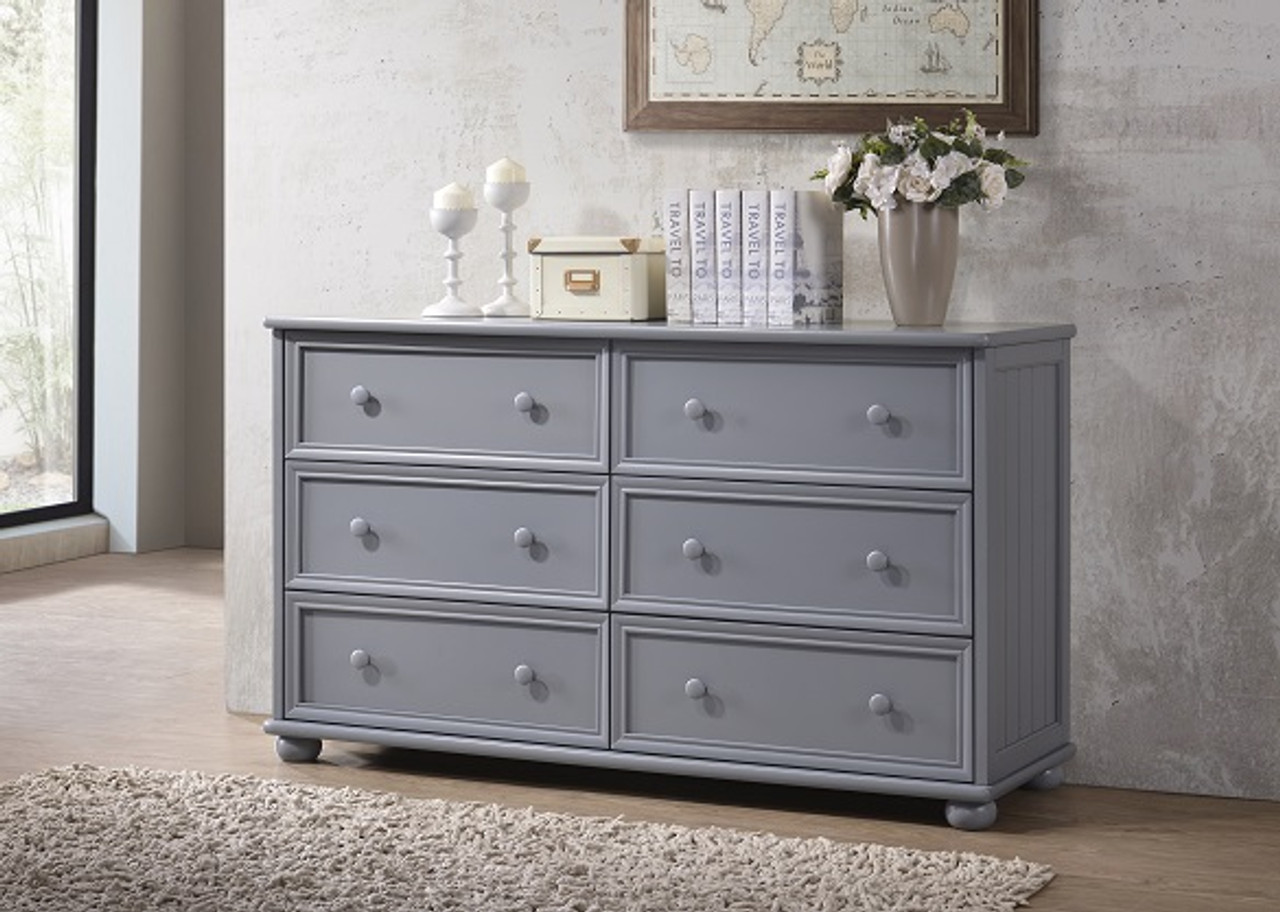
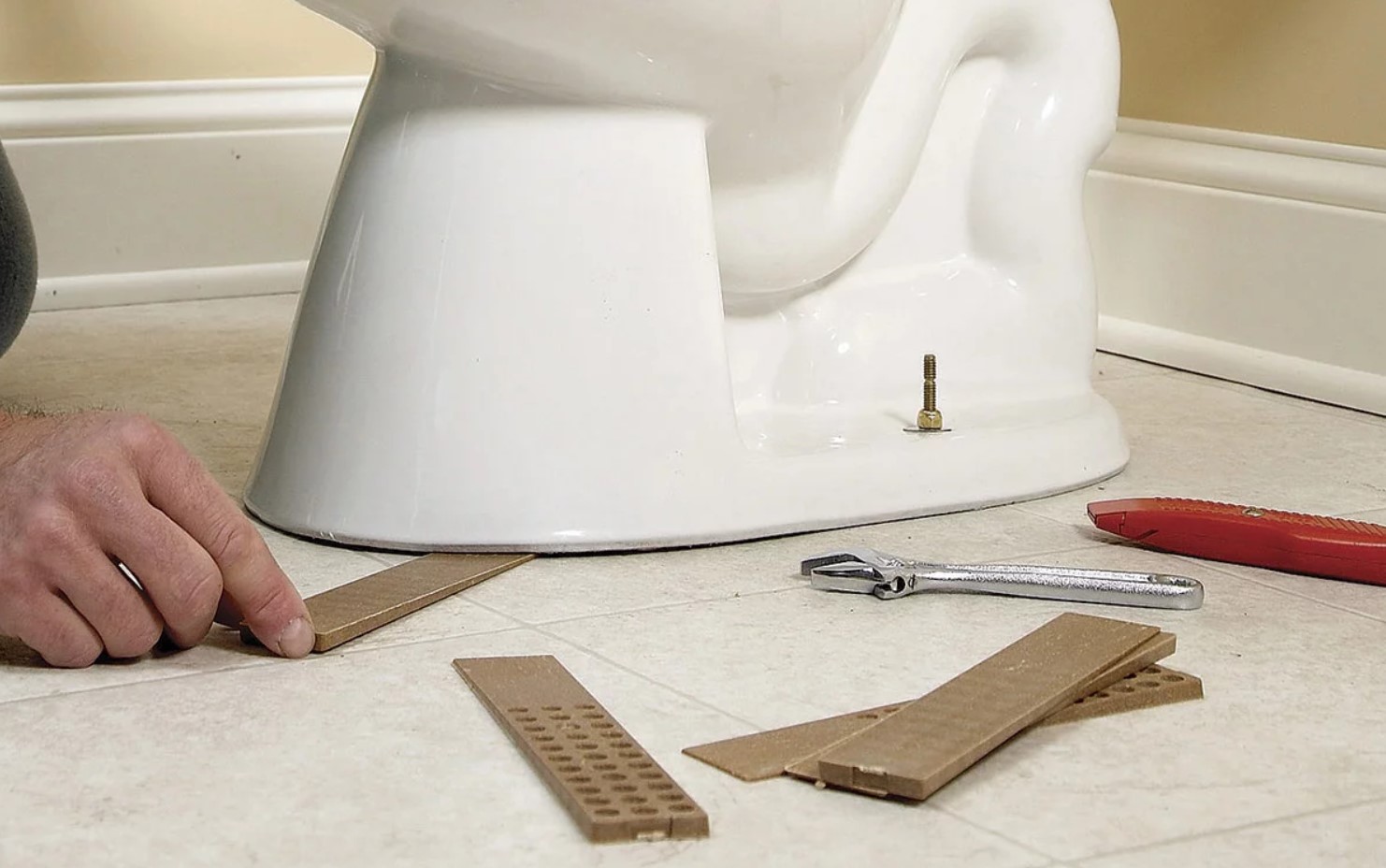
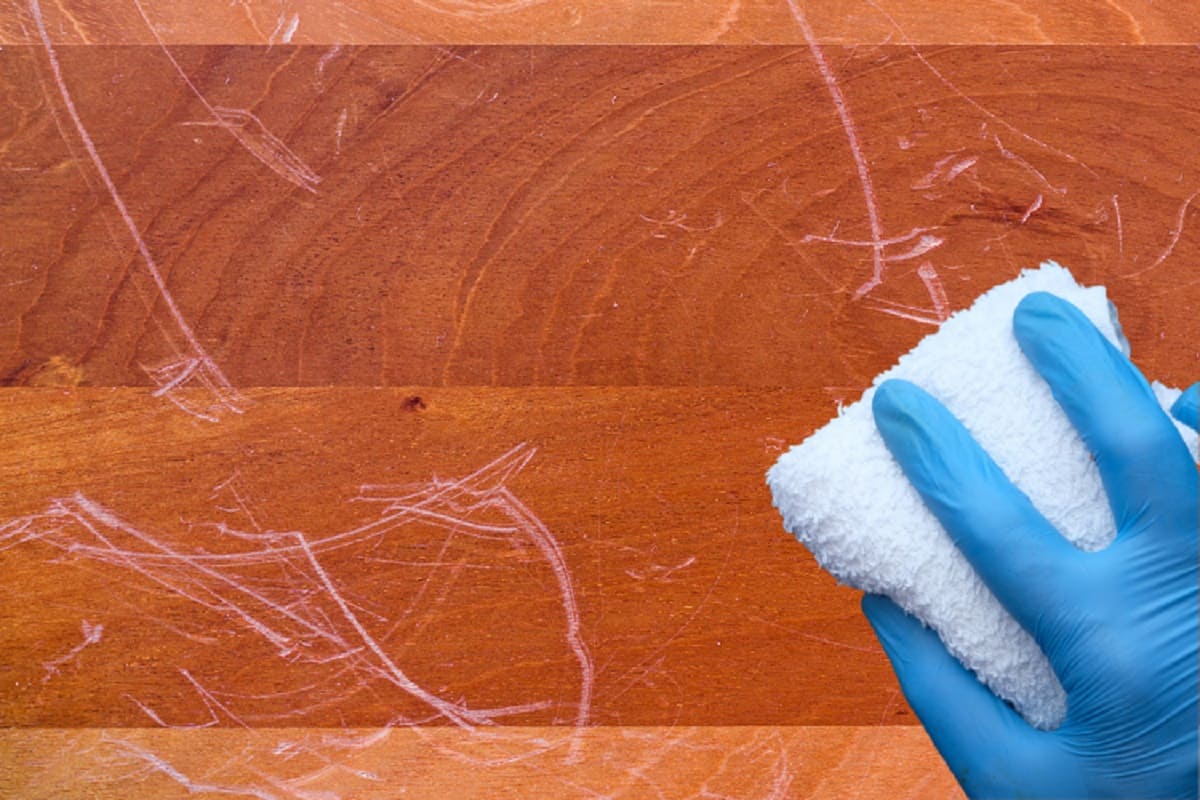
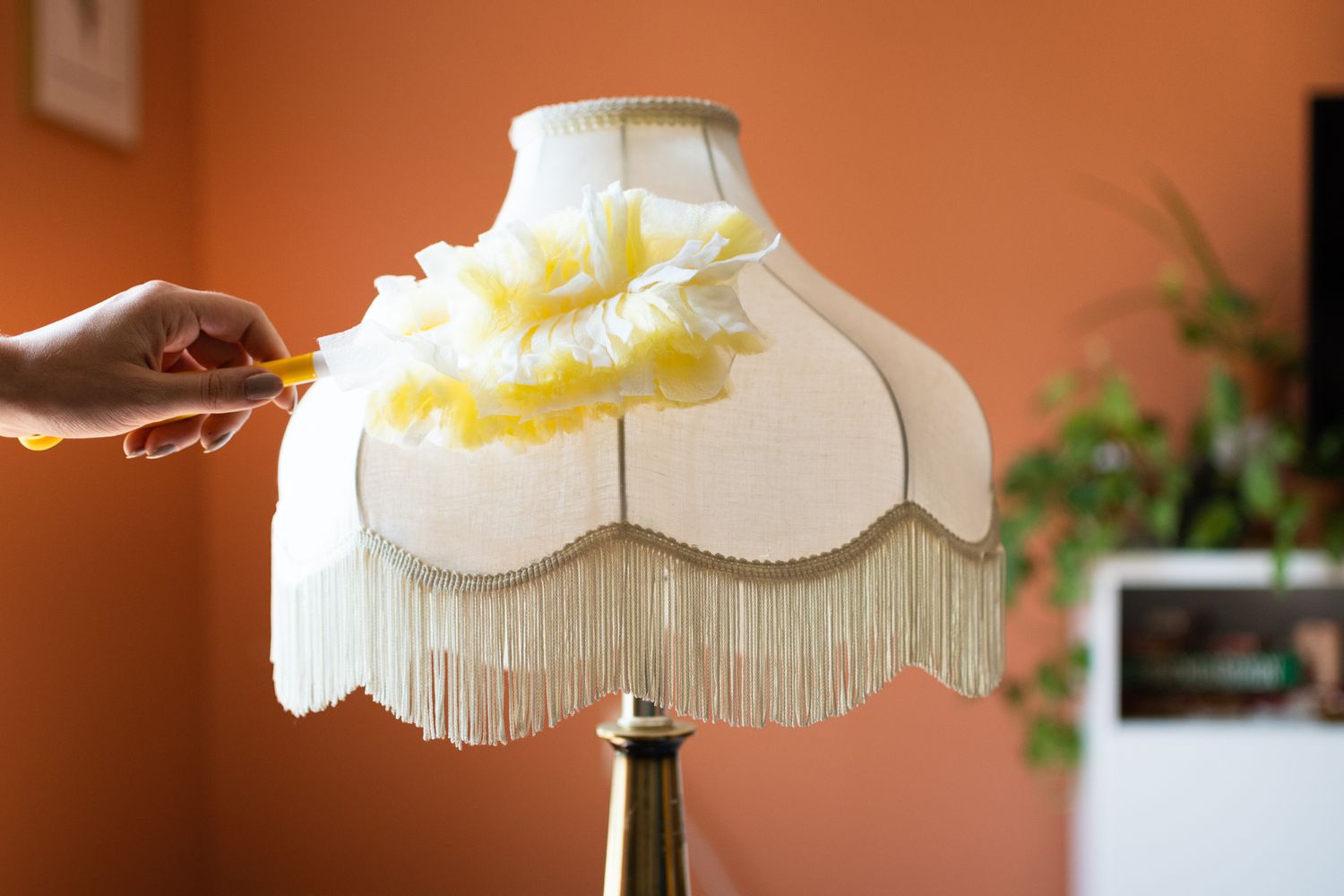
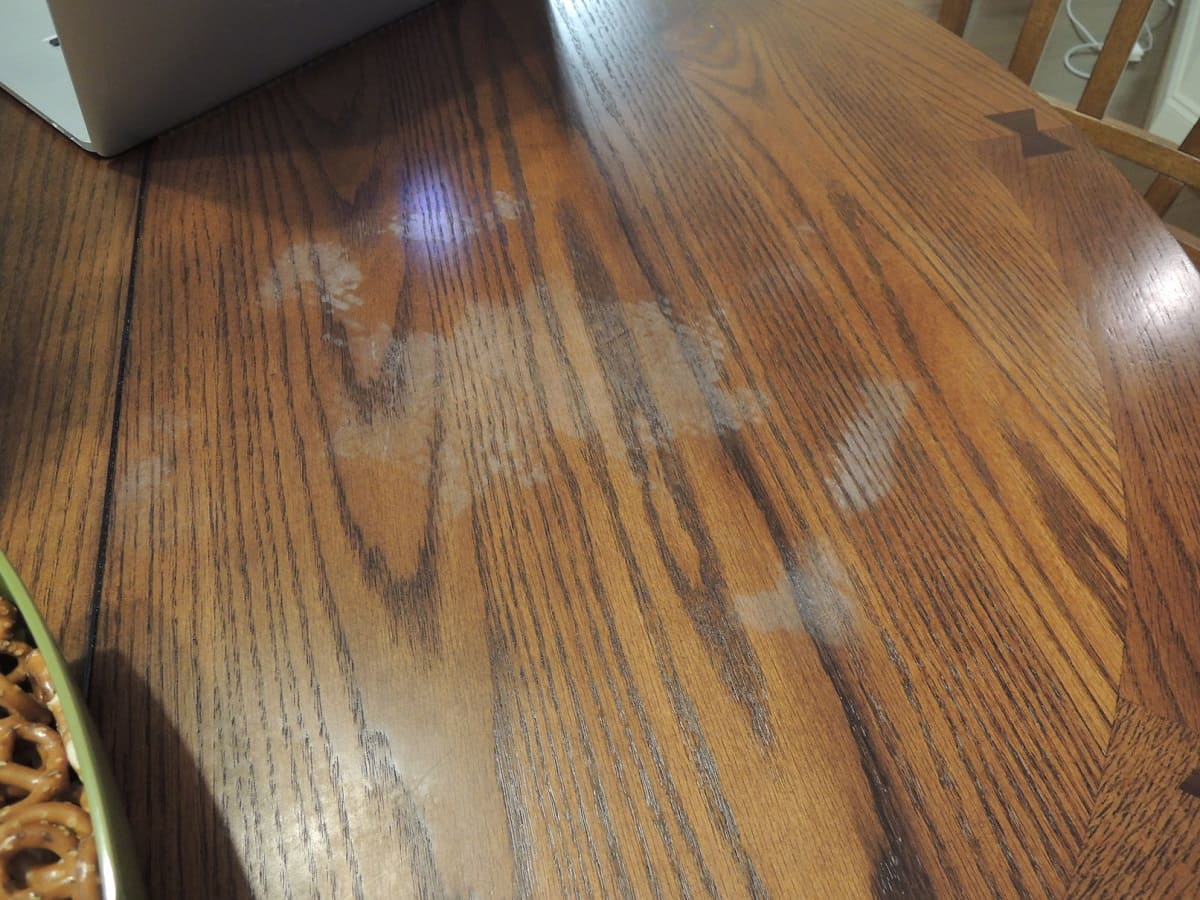
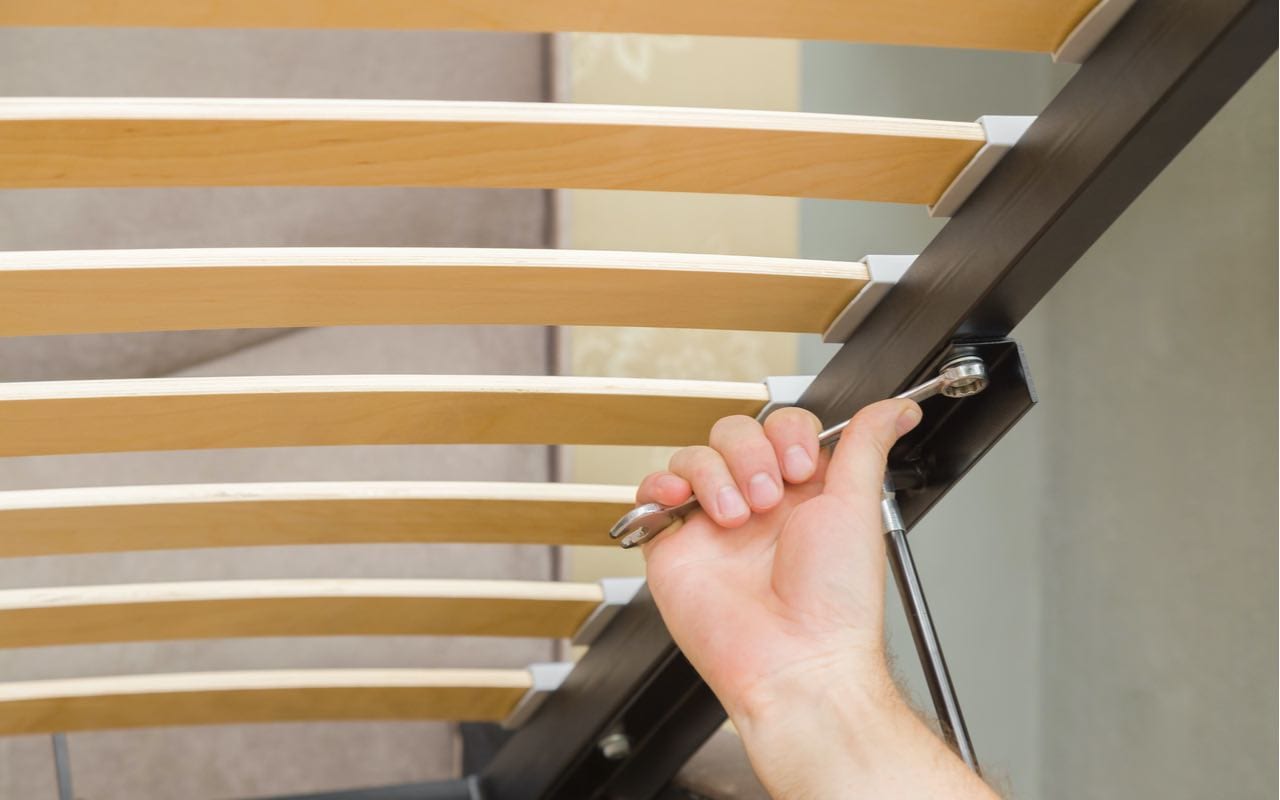
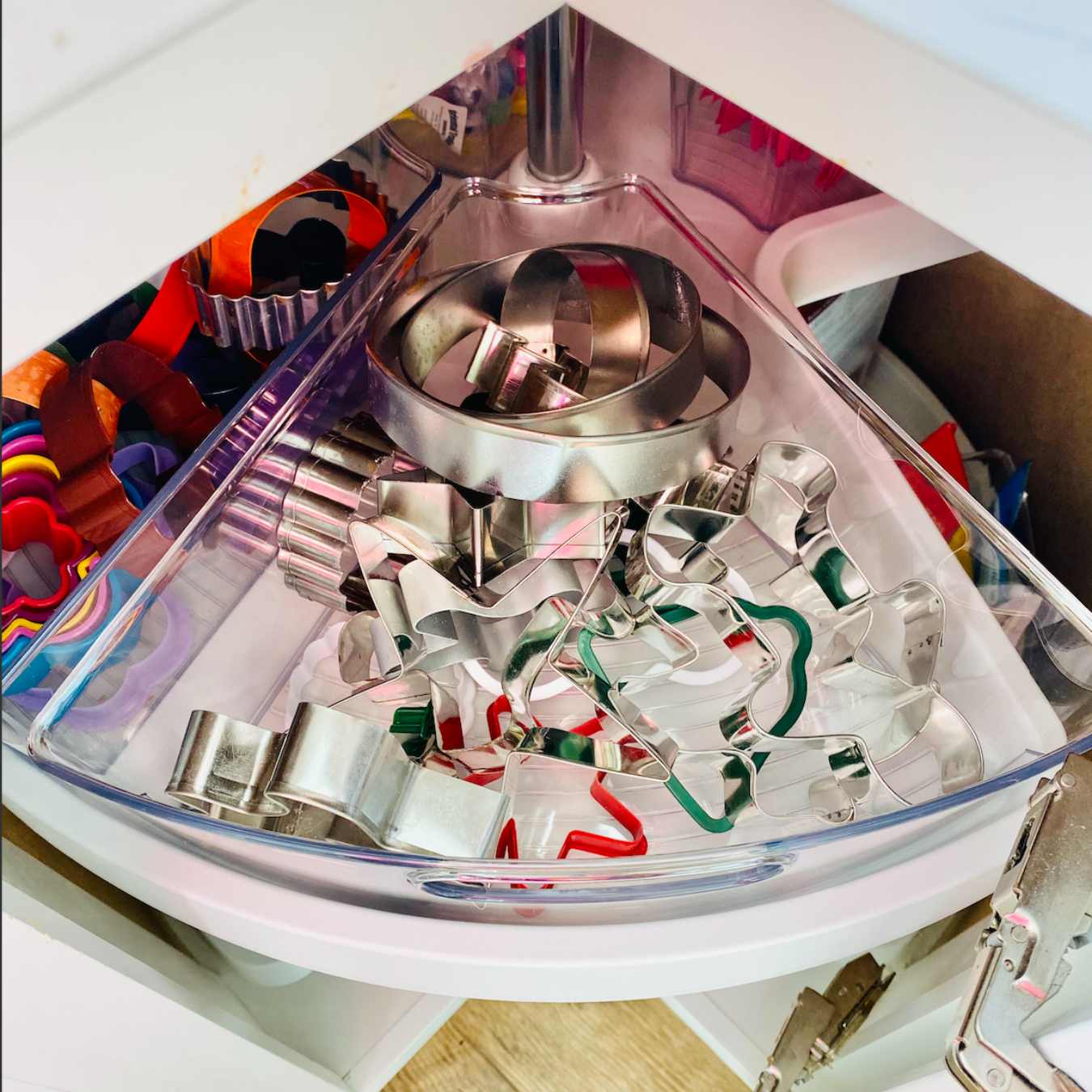
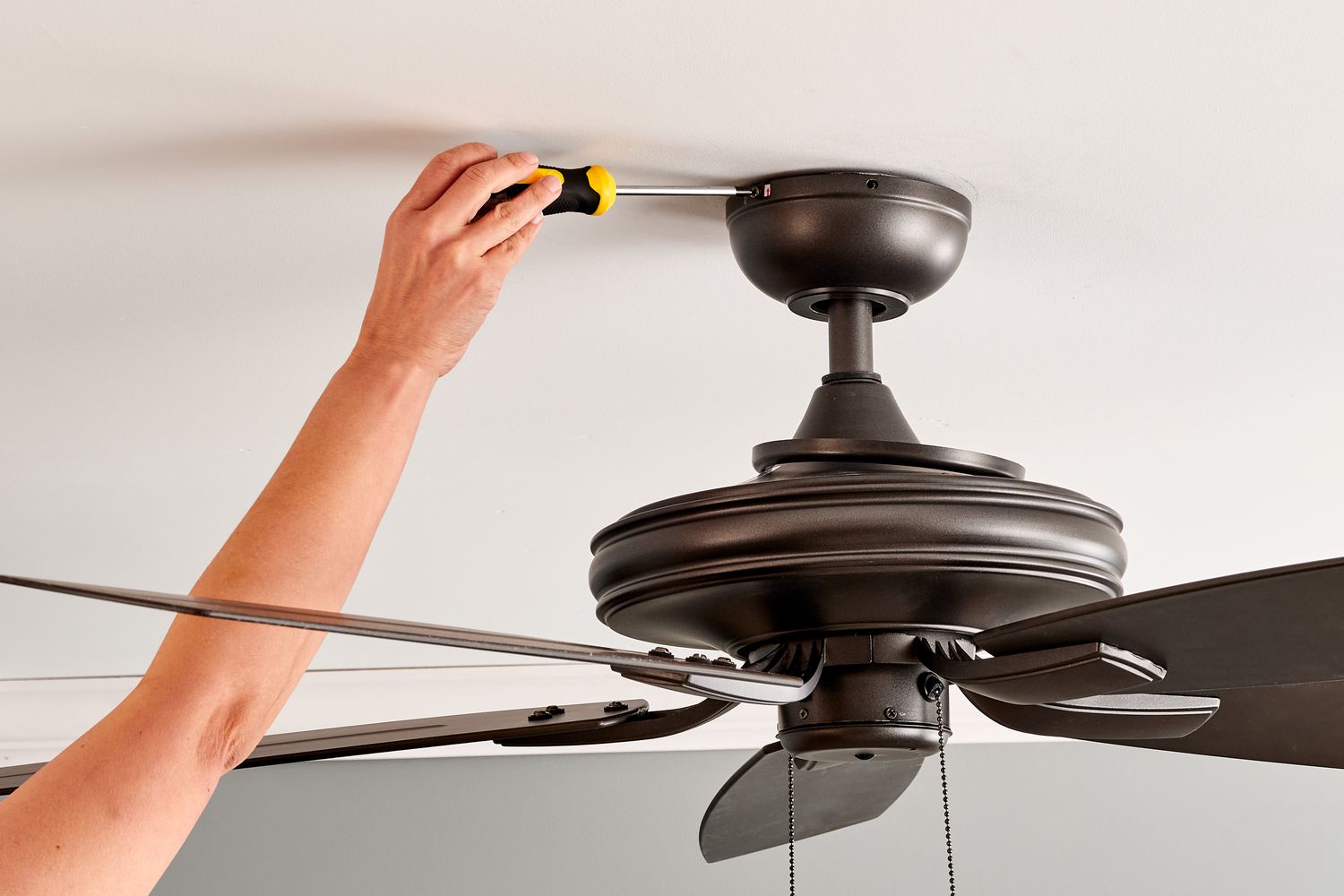
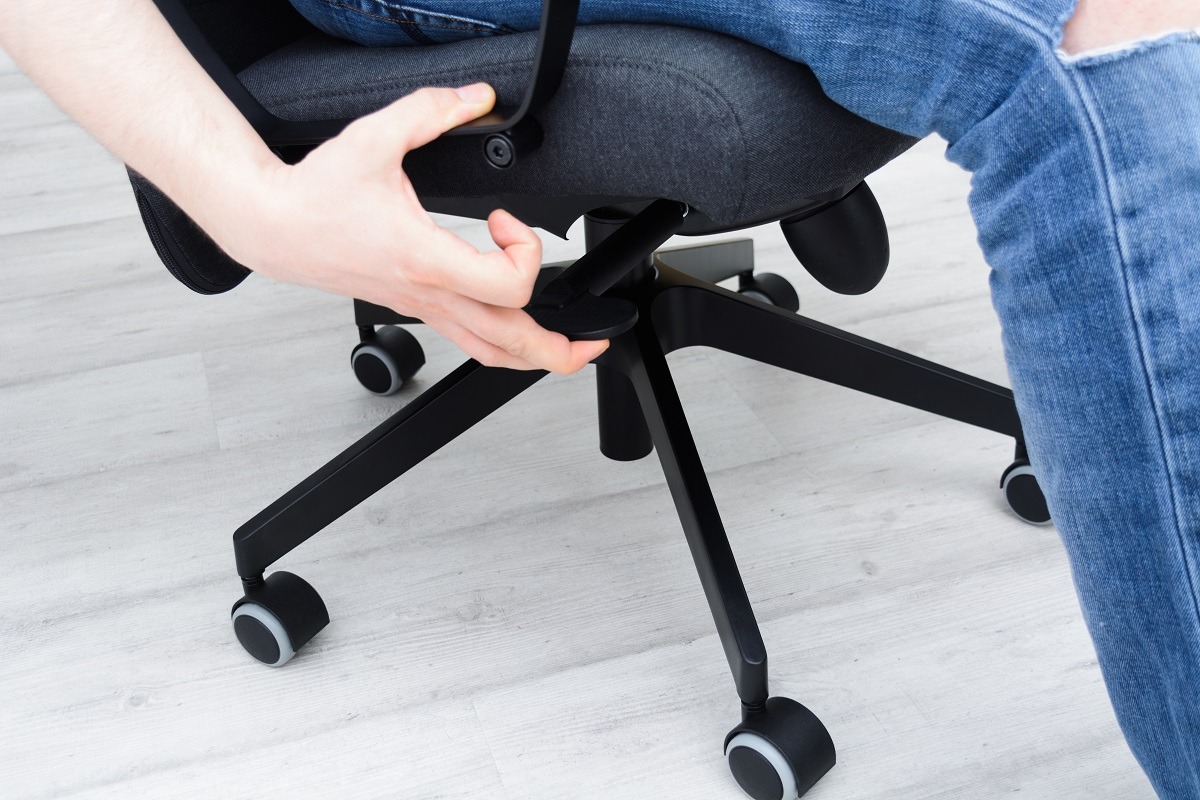
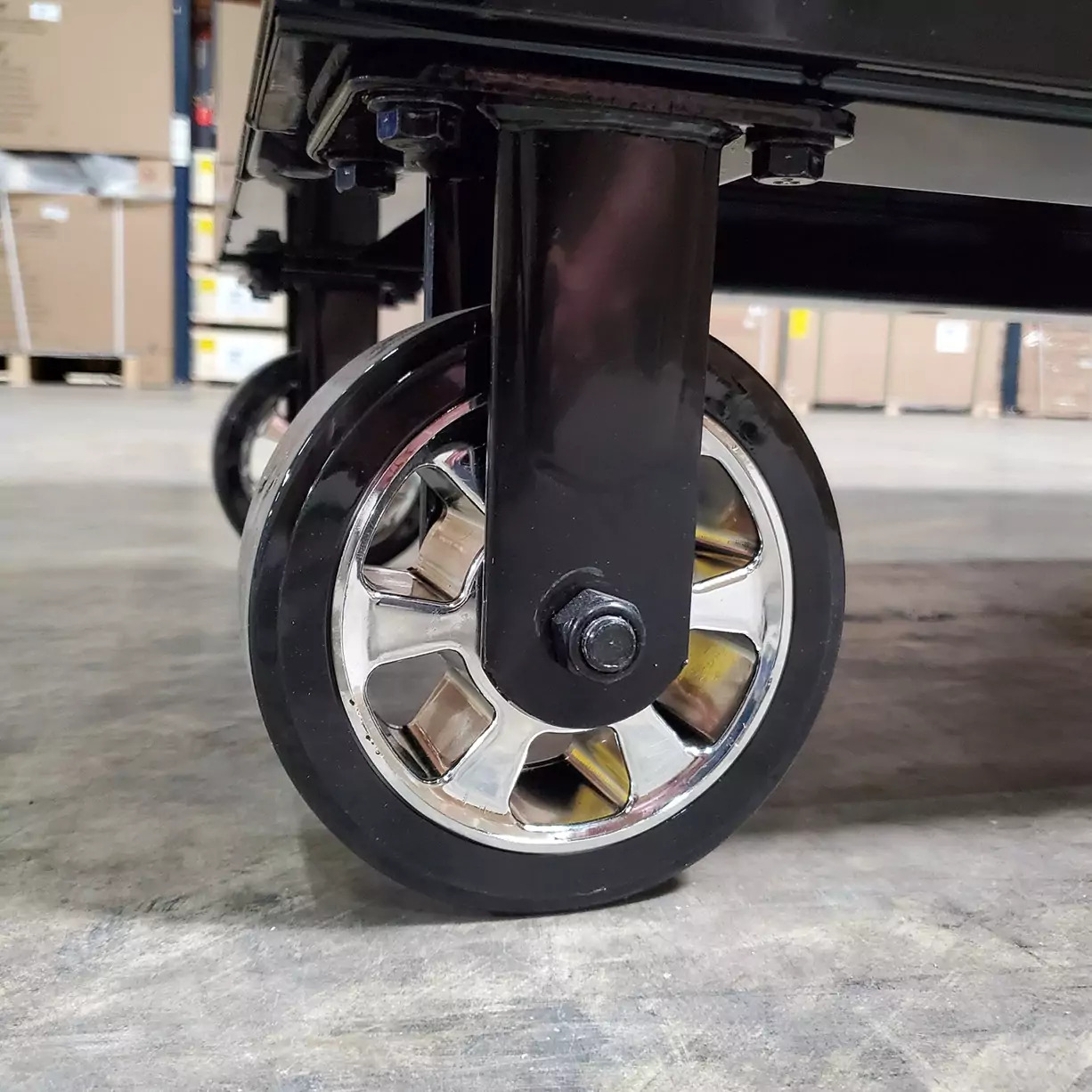
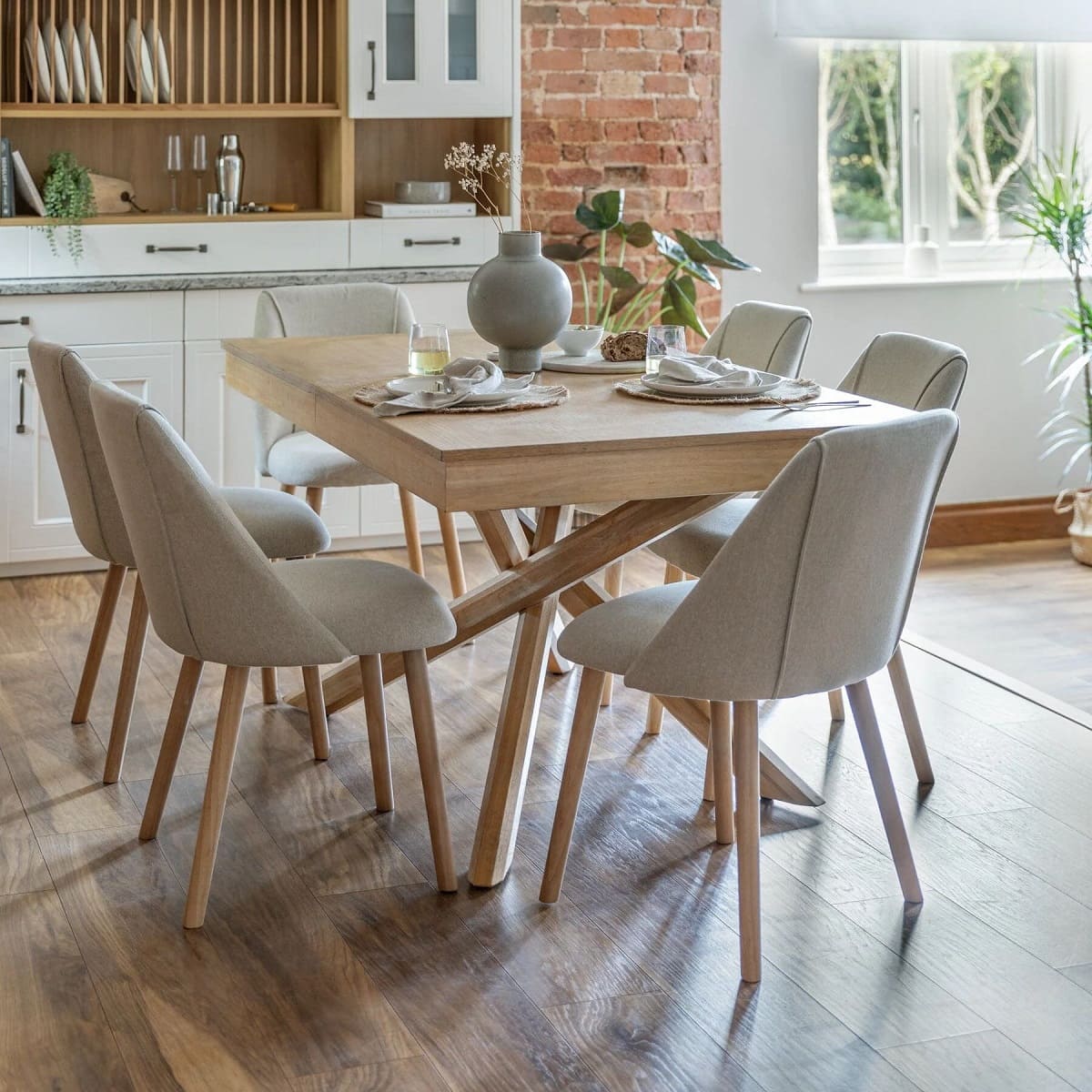
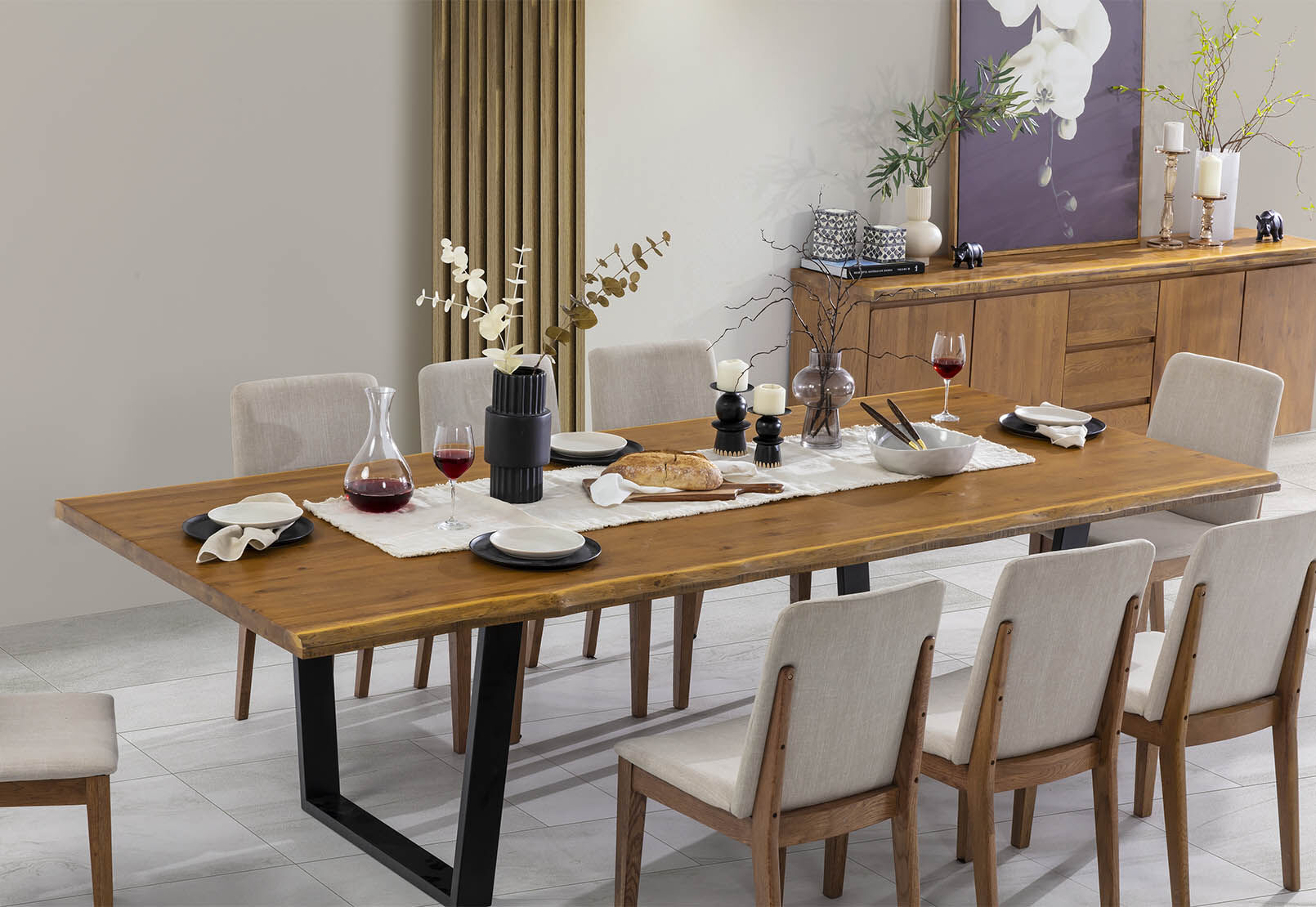
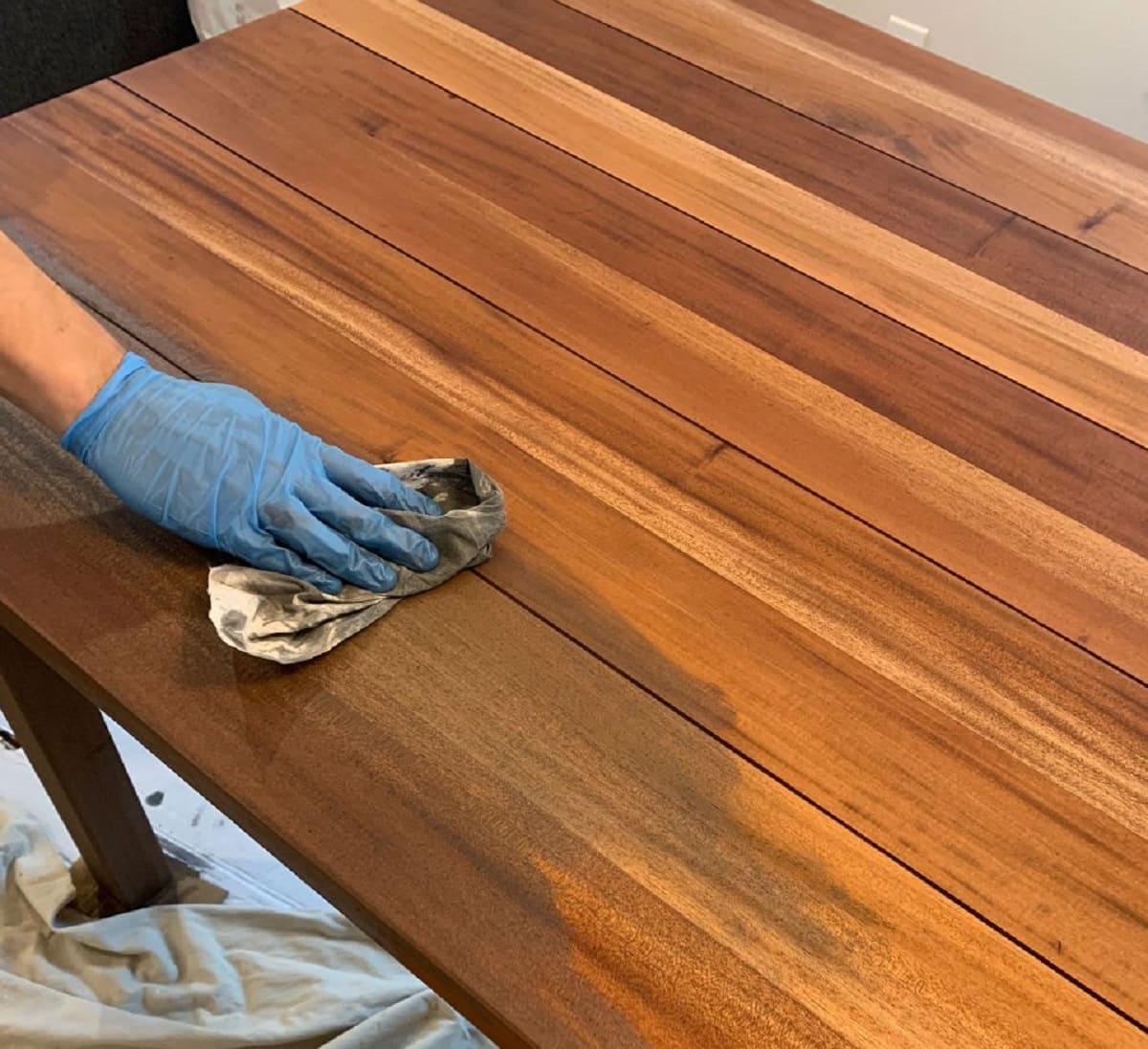
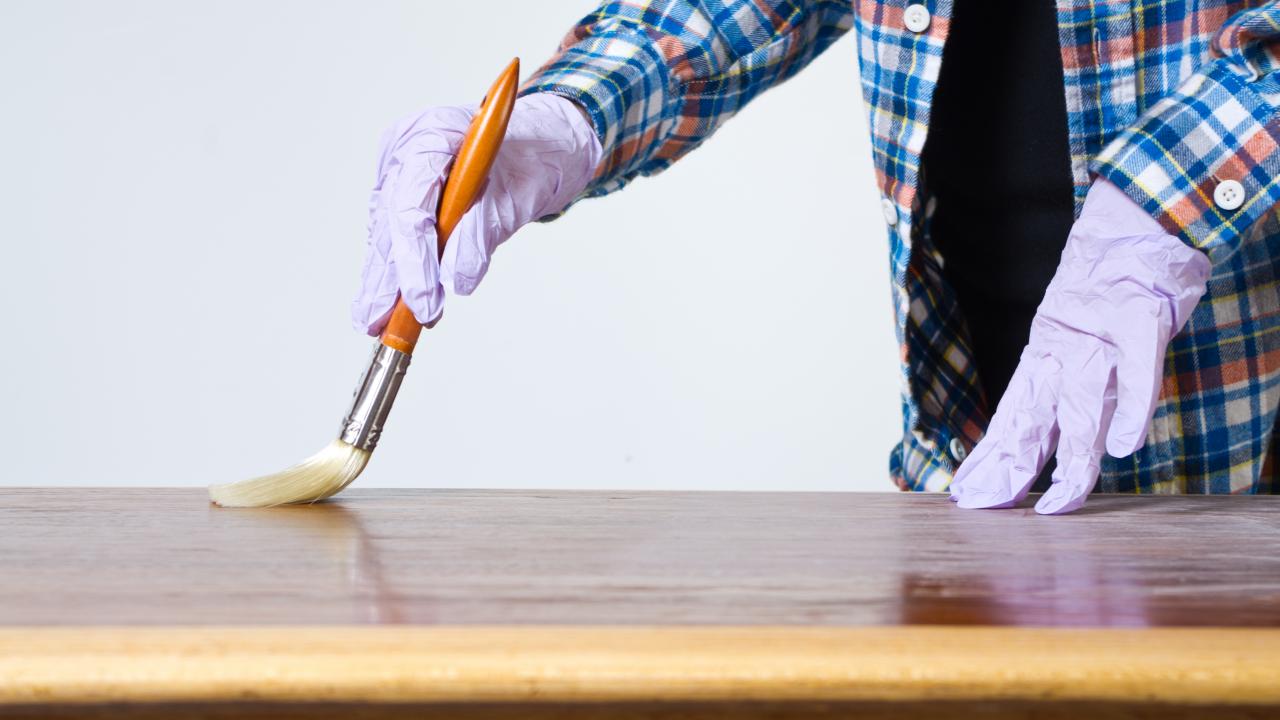

0 thoughts on “How To Fix A Wobbly Dining Table”